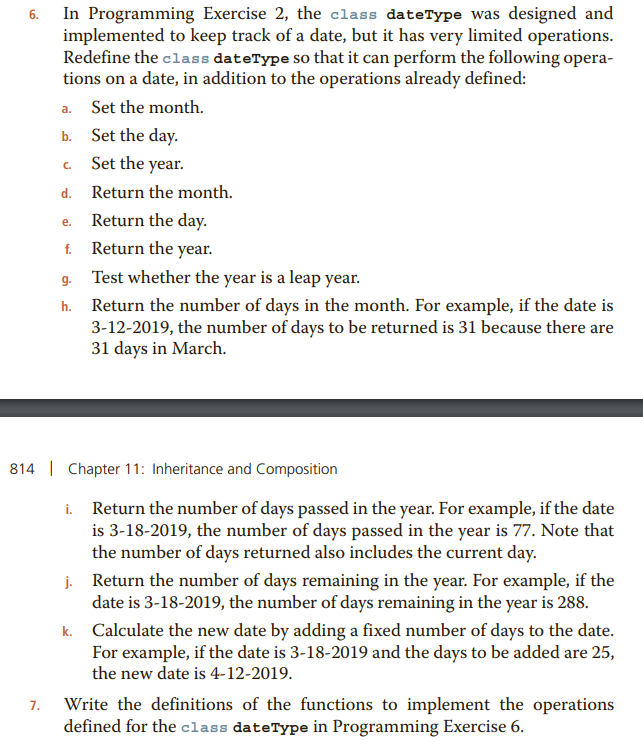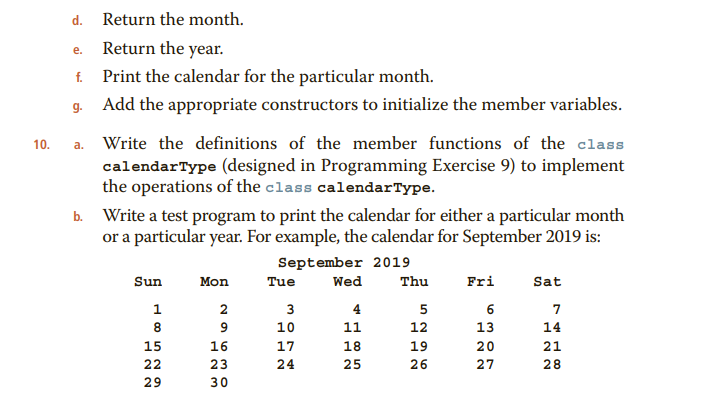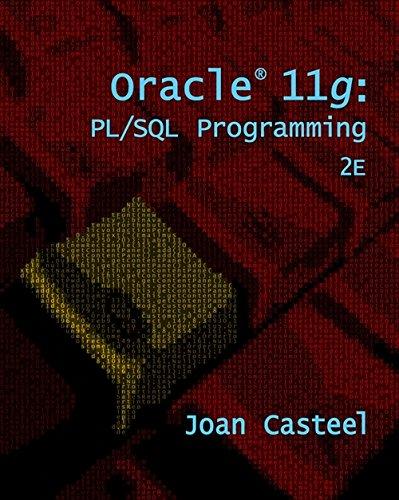Answered step by step
Verified Expert Solution
Question
1 Approved Answer
Chapter 11 (8th edition: the book uploaded on the course page) Book page (813-815) Pdf page(863-865) Questions number (6,7,8,9,10) 6. In Programming Exercise 2, the




Step by Step Solution
There are 3 Steps involved in it
Step: 1

Get Instant Access to Expert-Tailored Solutions
See step-by-step solutions with expert insights and AI powered tools for academic success
Step: 2

Step: 3

Ace Your Homework with AI
Get the answers you need in no time with our AI-driven, step-by-step assistance
Get Started


